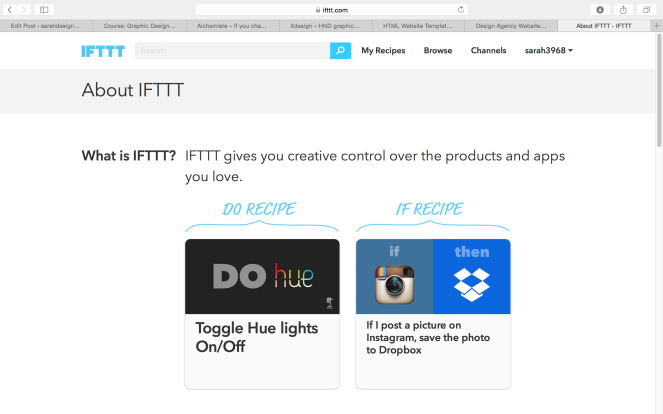
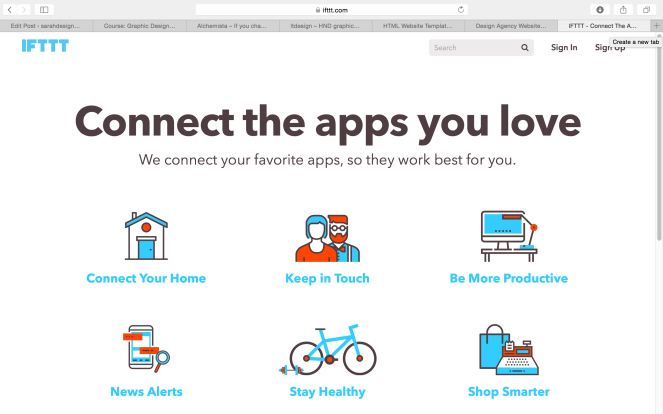
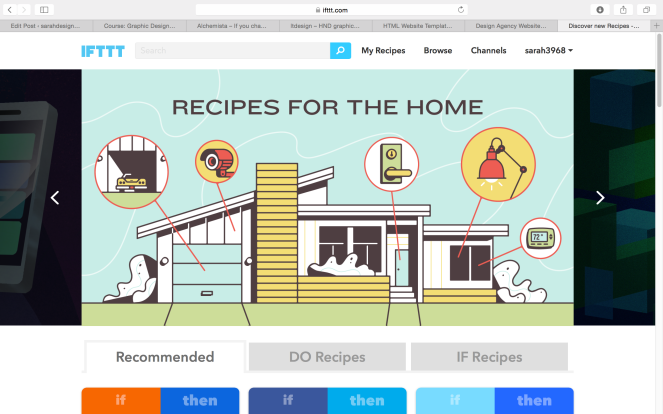
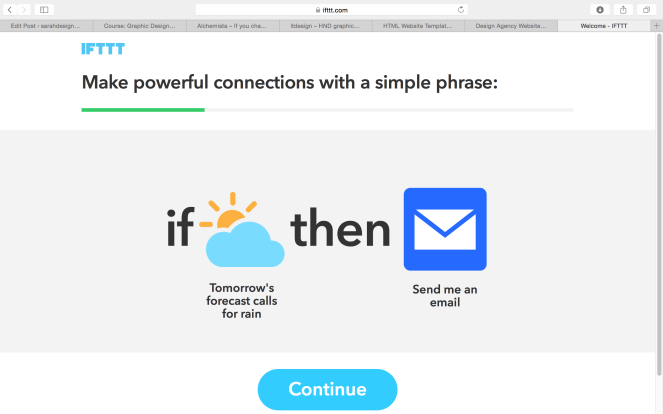
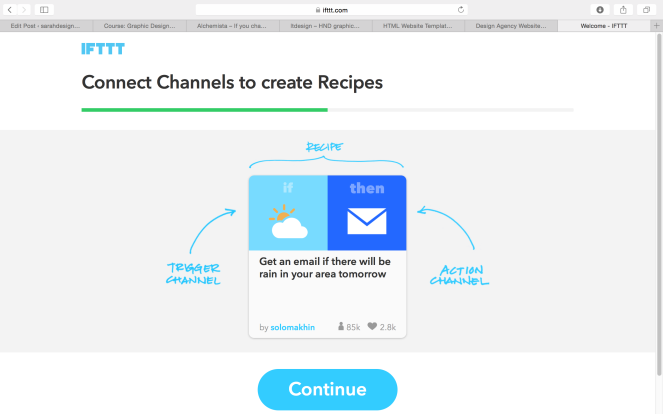
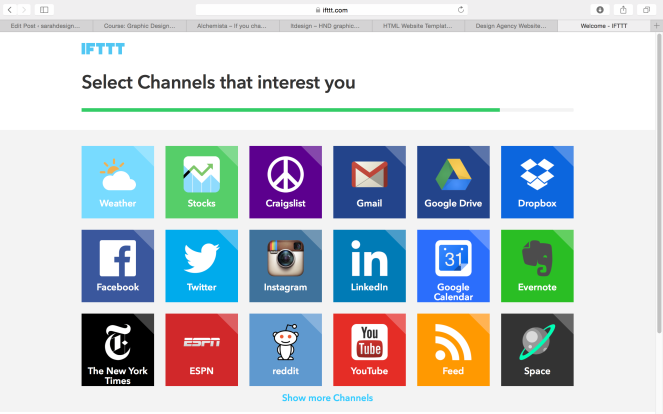
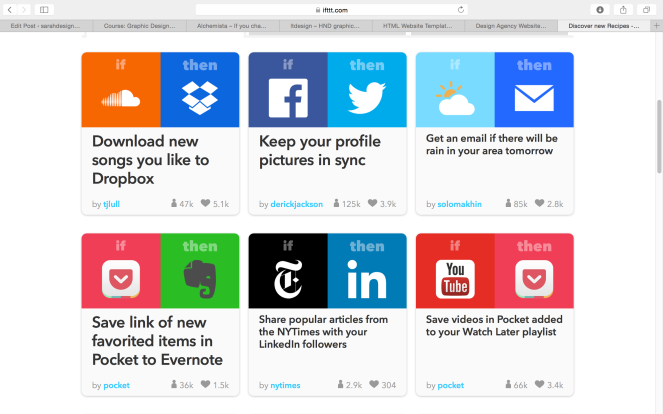
Design Portfolio
Mobile Phones
For a time, mobile media devices such as mobile phones and PDA’s were the primary source of portable media from which we could obtain information and communicate with one another. More recently, the smartphone (which has combined many features of the cell phone with the PDA) has rendered the PDA obsolete.[3] The growth of new mobile media as a true force in society was marked by smartphone sales outpacing personal computer sales in 2011.[4]
While mobile phone independent technologies and functions may be new and innovative (in relation to changes and improvements in media capabilities in respect to their function what they can do when and where and what they look like, in regard to their size and shape) the need and desire to access and use media devices regardless of where we are in the world has been around for centuries. Indeed Paul Levinson remarks in regard to telephonic communication that it was “intelligence and inventiveness” applied to our need to communicate regardless of where we may be, led logically and eventually to telephones that we carry in our pockets”.[5] Levinson in his book goes on to state that the book, transistor radio, Kodak camera are also bearers of portable information. And that it is thanks to the printing press that information became available to a mass audience, the reduction in size and portability of the camera allowed people to capture what they saw no matter where they were and the Internet meant that people could talk to anyone and use on demand information.
Smartphones consume much of our daily lives. These devices and their corresponding media technologies, particularly cloud-based technologies, play an increasingly important role in the everyday lives of millions of people world wide. Media can be downloaded onto the device by podcasting or can be streamed over the internet.
https://en.wikipedia.org/wiki/Mobile_media
IPHONE 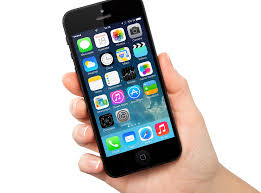
You can open the iPhone’s other applications from the upper portion of the Home screen. These include a calendar, calculator, notepad, and widgets, or mini-applications made specifically for the iPhone. Older iPhones include a 2.0- or 3.2-megapixel camera along with software you can use to organize your pictures — the iPhone 5s model ups the stakes with an 8-megapixel camera. You can also use an iPhone to check weather reports and stock quotes. Even though the iPhone doesn’t support Flash, which YouTube’s non-mobile site relies on, you can watch YouTube videos using the corresponding application. An Apple version of YouTube was built in prior to iOS 6. Now the iOS requires that you download either the Google YouTube app or another video search and play app that can access YouTube. The virtual keys and buttons you need to navigate each application appear only when you need them.
The shape of the screen changes when you need it to as well — you can shift the perspective from vertical to horizontal by tilting the phone. An accelerometer inside the iPhone lets the operating system know to change the orientation of the image on the screen. This means that you can scroll through long lists of music files on a long, narrow screen, and you can watch movies in a widescreen format.
Phone: This app allows you to add contacts, check voice messages and make calls via a host of networks including 3G, GSM or EDGE cellular phone service. Additional network capabilities have also been added to latest phones.
Mail: The Mail app allows you to send and receive e-mail via POP and IMAP, and includes in-line picture, HTML and push e-mail capabilities. Since iPhone 4S, voice dictation is also included.
Safari: This is the built-in Web browser that has come with all iPhone OSes.
Music: Formerly called the iPod app. Despite the name, Music allows you to store and play not only music, but also audiobooks and podcasts from your playlists.
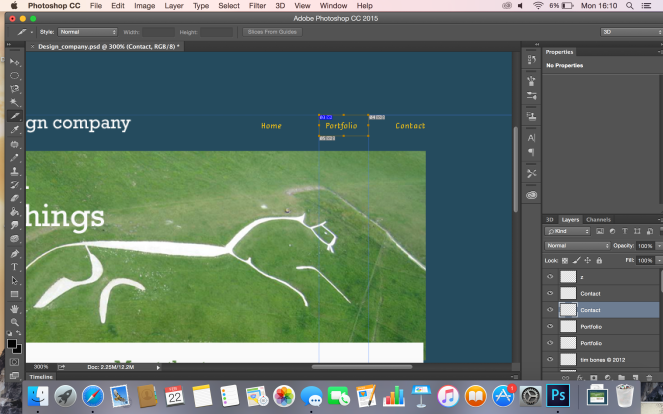
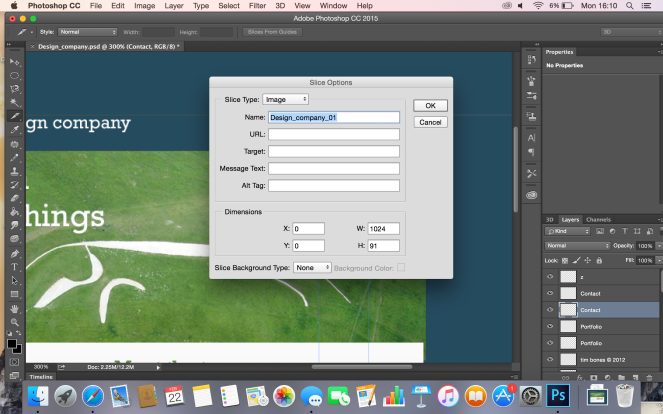
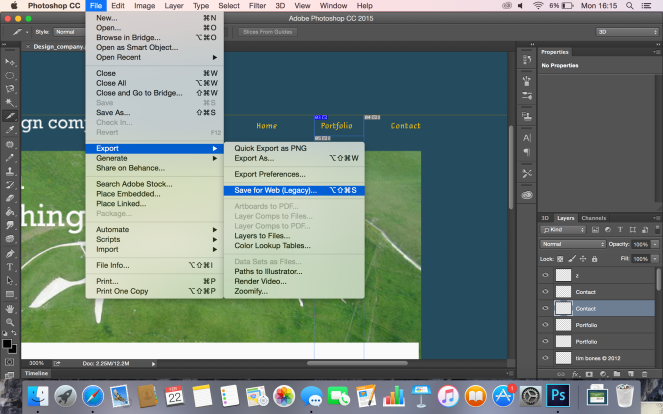
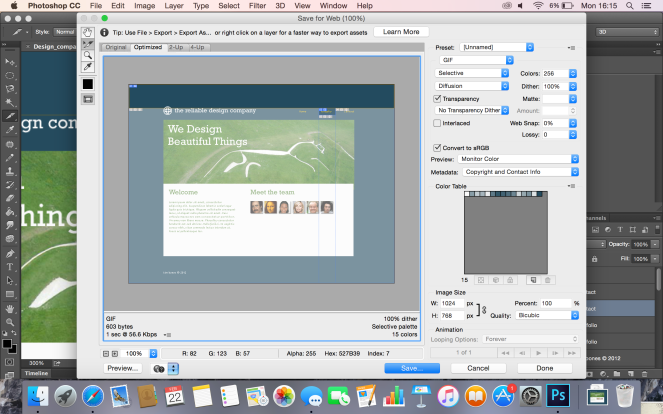
I decided to start my design process with a vector image. I sketched a fine line flapper wearing a Cloche hat and used it as a guide line In Illustrator. I used the pen tool to draw around the curved outline and then started looking at incorporating colour to the design. I thought the brown pattern fits in with the older Flapper 1920’s style
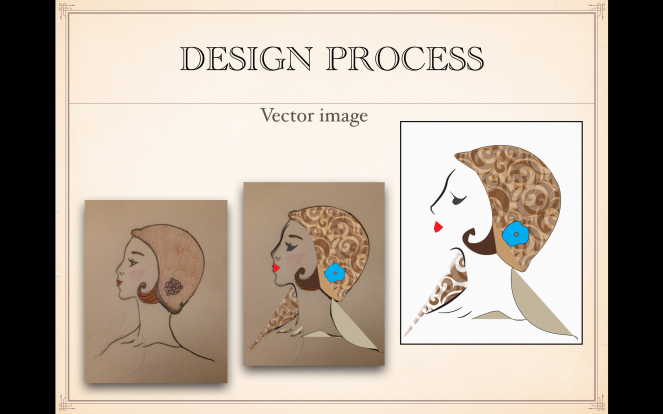
Here i have taken a screen shot of my first introduction to using Adobe Illustrator. We created a vector of the model portrait as a starting image and used this as our first layer.
I experimented with the lines and gird tools for the outline and used the line segment tool to create a correct curve.
I edited sections of the image like the eyes, mouth and hair onto different layers. I locked each one before moving on, to make it safer when going back and editing sections later on.
When editing the eye, i experimented with the gradient and eyedropper tool for the models eyeshadow.
I used the Fill and Stroke tools to created different effects by highlighting the jaw, neckline and collarbone on my image
I enjoyed my first lesson in Illustrator and look forward to improving my skills further to produce a variety of designs.